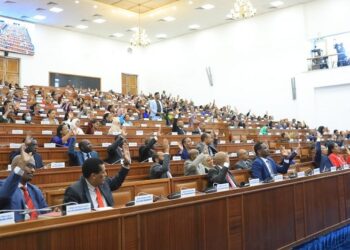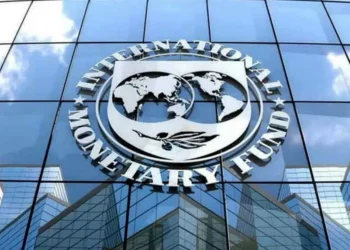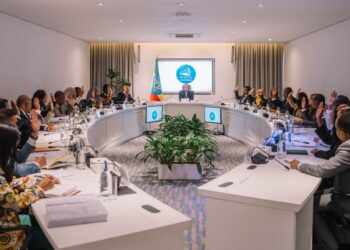Ethiopia has launched a comprehensive portfolio of investment projects valued at more than $13 billion, signaling a major push to attract private capital across agriculture, energy, manufacturing, finance, and infrastructure.
The pipeline, outlined in the newly released “Invest in Ethiopia 2025” Deal Book, includes dozens of projects positioned as “investment-ready,” with financing models ranging from public-private partnerships to equity and debt. The move comes as the country undergoes a broader transition aimed at reshaping the role of the private sector in a historically state-led economy.
While the list of opportunities is extensive, the real test will be in execution—how these projects are delivered, how risks are managed, and how global investors respond in a competitive regional landscape.
The investment catalogue covers sectors like renewable energy, irrigation, logistics, financial services, and digital infrastructure. Among the highlighted projects:
- South Gode and Jema Irrigation Projects ($169M and $176M, respectively), both targeting 20,000 hectares of farmland
- Aysha I Wind Project (300 MW, $812M)
- Gad II and Weranso Solar Projects, each over 120 MW capacity
- Investment openings in Agro-industrial parks, Special Economic Zones, and Ethiopia’s newly launched stock exchange
The Deal Book also details incentives: up to 10 years of tax exemptions, duty-free capital imports, land lease benefits, and repatriation of profits. Risk mitigation mechanisms—such as power purchase agreements and land access guarantees—are included for certain infrastructure and energy projects.
Reforms in Progress
These offerings are shaped by the government’s Home-Grown Economic Reform Agenda (HGER 2.0), which aims to shift the economy toward a more market-oriented model between 2023 and 2026. Reforms include liberalization in telecom, logistics, and banking; a shift to a floating exchange rate; and efforts to control inflation and reduce debt.
GDP growth is forecast at 8.4% in 2025, and inflation once above 29% has dropped to 13.6% as of March 2025. The government also reports a primary fiscal surplus, rising tax revenue, and improving foreign reserves.
Still, challenges remain. Foreign exchange shortages persist, regulatory reforms are ongoing, and the investment environment varies significantly across sectors and regions.
Many projects are still in early stages. Some require feasibility validation or environmental assessments. Infrastructure gaps, land administration, and currency access remain top concerns for businesses operating in Ethiopia.
Security conditions have improved compared to previous years, but stability is uneven. Investors are expected to assess both the potential and the volatility of a country in transition.
Whether Ethiopia’s $13 billion investment pipeline delivers on its promise will depend not only on the availability of capital but on clarity in regulation, transparency in execution, and the practical experiences of early entrants.
The Deal Book opens the door. The next steps, by both government and investors, will determine what comes through it.





















